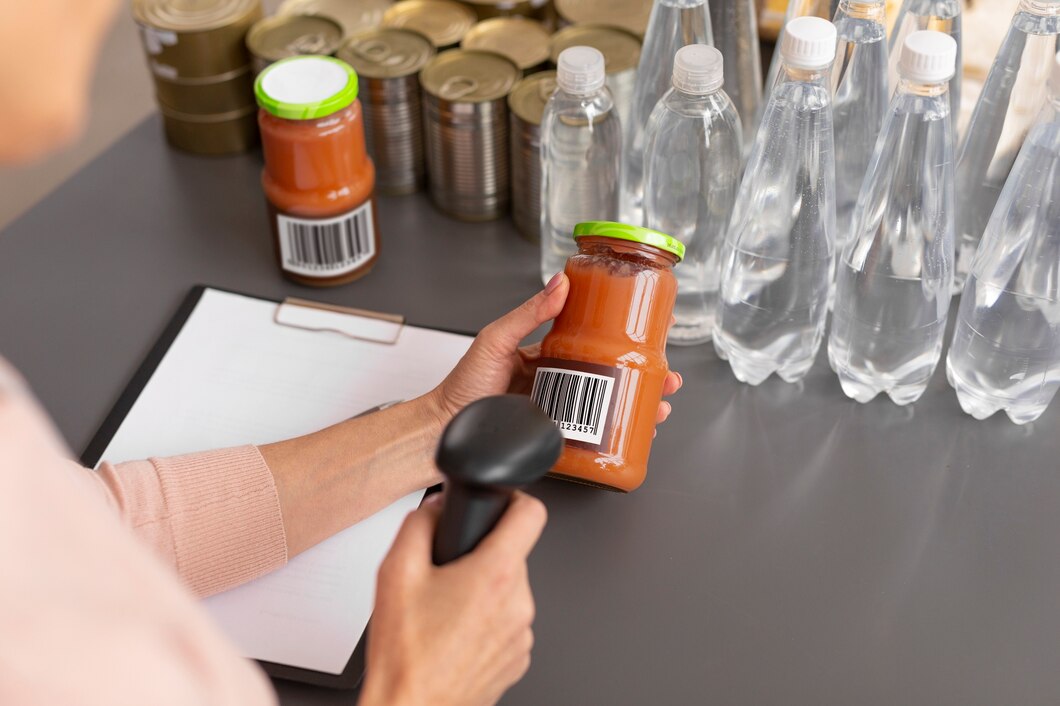Top 5 Tips For Packaging & Shipping Frozen Foods
Shipping frozen foods can be a tricky task, but with the right strategies and materials, you can ensure your products arrive at their destination fresh and intact. Whether you’re a business shipping frozen products regularly or just starting out, understanding how to properly package and protect frozen items is essential to prevent spoilage and maintain quality. Here are the top five tips for successfully shipping frozen products.
Insulation Is Key
When it comes to shipping frozen foods, maintaining a consistent temperature is crucial to preserving the quality of your product. Proper insulation materials, such as foam, insulated liners, or thermal blankets, help prevent temperature fluctuations during transit. These materials act as barriers to keep cold air in and external heat out, ensuring that your frozen products stay at the correct temperature.
Additionally, pairing insulated packaging with dry ice or gel packs can help maintain low temperatures throughout the journey. Be sure to use enough insulation and cold packs based on the length of transit and the external environment your products will travel through.
Use Quality Packaging
Investing in high-quality packaging materials is one of the best ways to protect your frozen products during shipping. Custom-printed stand-up pouches are an excellent option for frozen food packaging. These pouches are durable, customizable, and designed to withstand freezing temperatures. They also provide ample space for branding and product information, making them not only functional but also visually appealing.
Working with a flexible packaging company ensures that you receive packaging solutions tailored to the specific needs of frozen food products. Flexible packaging options, like stand-up pouches and vacuum-sealed bags, help reduce excess air inside the packaging, which minimizes the risk of freezer burn and extends the shelf life of your products.
Seal It Tight
Sealing your frozen food packaging properly is essential to prevent moisture from getting in, which can lead to spoilage. Airtight seals, such as vacuum sealing or heat sealing, help keep the contents of the package fresh and prevent contamination from outside elements.
When using stand-up pouches or other flexible packaging, make sure to seal them securely. This not only preserves the freshness of your frozen goods but also ensures that the package stays intact during handling and transportation.
Label Appropriately
Labeling is an important part of packaging and shipping frozen foods. Clear labels that indicate “Keep Frozen” or “Perishable” will inform couriers and recipients of the package’s sensitive contents. Adding instructions for how to handle the package, such as “Freeze Immediately,” can help prevent mishandling upon arrival.
Custom packaging allows you to incorporate these instructions directly into the packaging design. Including proper labeling ensures your products are treated with care throughout the shipping process.
Choose the Right Shipping Partner
Not all carriers are equipped to handle perishable items like frozen foods. Partnering with a carrier that specializes in shipping frozen products ensures that your products are handled correctly and arrive at their destination in optimal condition. Look for shipping companies that offer expedited or temperature-controlled services to minimize transit time and reduce the risk of temperature fluctuation.
Shipping frozen foods requires careful attention to packaging, insulation, and choosing the right shipping partner. Using proper insulation materials, selecting custom-printed stand-up pouches for durable and branded packaging, and working with a flexible packaging company ensure your frozen products stay fresh during transit. By following these tips, you can confidently ship frozen foods to customers while maintaining quality and ensuring customer satisfaction.
Keep an eye for more news & updates on NewsLetTertribune!






